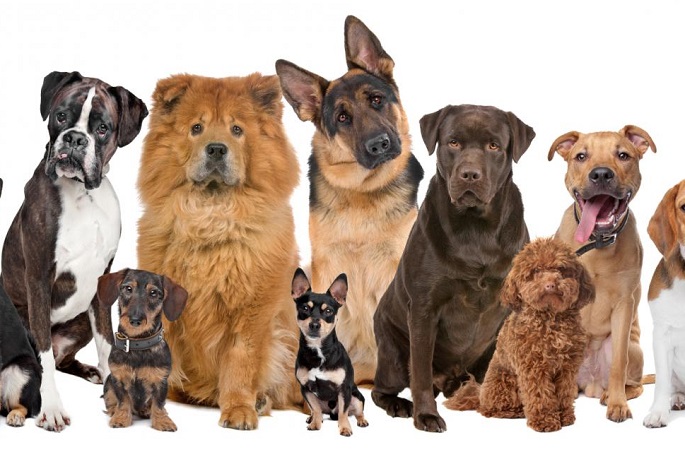Behaviour resembling human ADHD seen in dogs
Published : 16 Oct 2021, 01:07
A study involving some 11,000 dogs carried out at the University of Helsinki demonstrated that the gender, age and breed of the dog, as well as any behavioural problems and certain environmental factors, are connected to hyperactive and impulsive behaviour and inattention (ADHD), said the university in a press release on Friday.
“Our findings can help to better identify, understand and treat canine hyperactivity, impulsivity and inattention. Moreover, they indicated similarity with human ADHD, consolidating the role of dogs in ADHD-related research,” said Professor Hannes Lohi, head of a canine gene research group at the University of Helsinki.
“Dogs share many similarities with humans, including physiological traits and the same environment. In addition, ADHD-like behaviour naturally occurs in dogs. This makes dogs an interesting model for investigating ADHD in humans,” said doctoral researcher Sini Sulkama.
The research group collected data on more than 11,000 dogs by conducting an extensive behavioural survey.
Hyperactivity, impulsivity and inattention were examined using questions based on a survey utilised in human ADHD research. The goal of the study was to identify environmental factors underlying canine ADHD-like behaviour and potential links to other behavioural traits.
“We found that hyperactivity, impulsivity and inattention were more common in young dogs and male dogs. Corresponding observations relating to age and gender in connection with ADHD have been made in humans too,” said Jenni Puurunen.
Dogs who spent more time alone at home daily were more hyperactive, impulsive and inattentive than dogs who spent less time on their own.
“As social animals, dogs can get frustrated and stressed when they are alone, which can be released as hyperactivity, impulsivity and inattention. It may be that dogs who spend longer periods in solitude also get less exercise and attention from their owners,” Sulkama said.
The researchers discovered a new link between hyperactivity and impulsivity, and the owner’s experience with dogs, as the two traits were more common in dogs who were not their owners’ first dogs. The causality of this phenomenon remains unclear.
“People may pick as their first dog a less active individual that better matches the idea of a pet dog, whereas more active and challenging dogs can be chosen after gaining more experience with dogs,” Sulkama explained.


